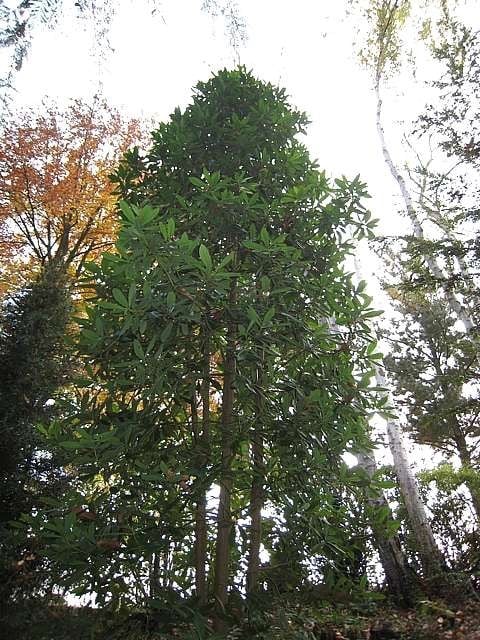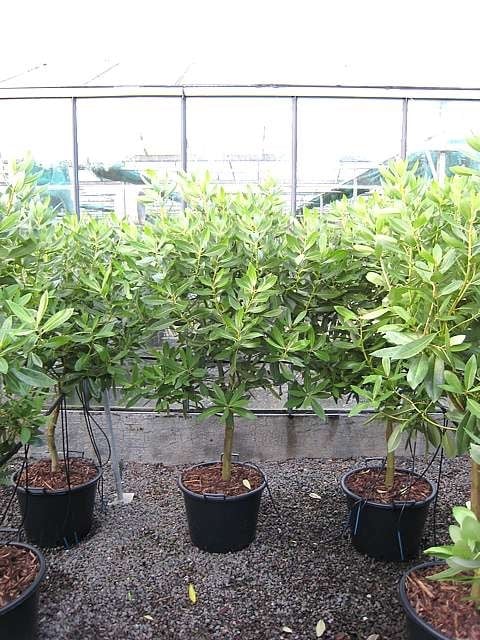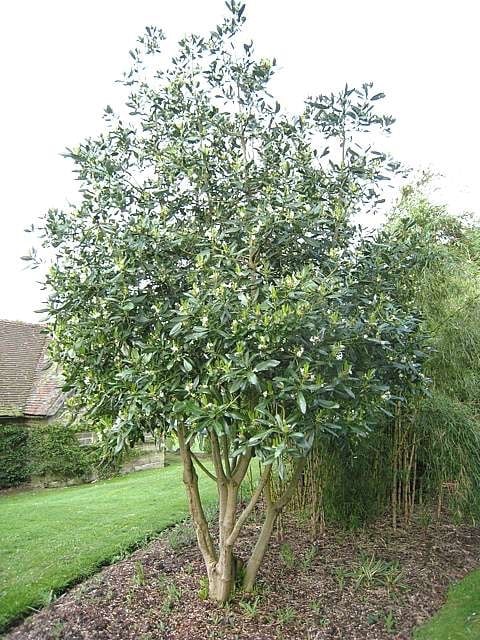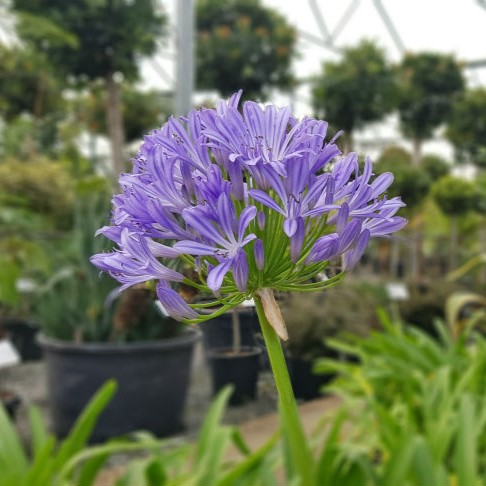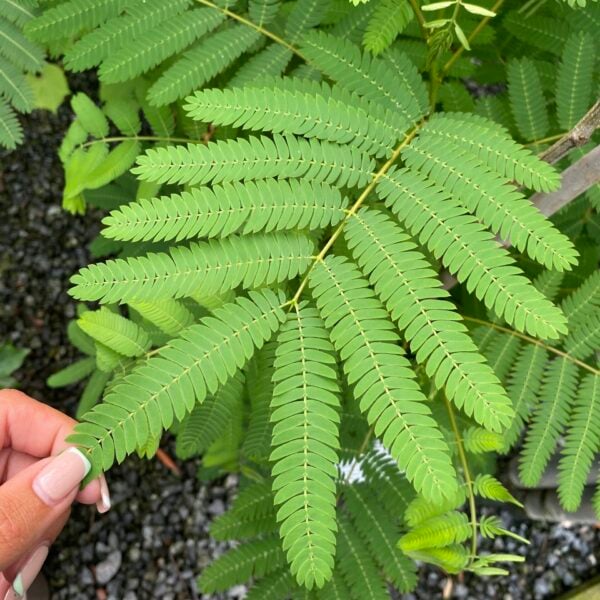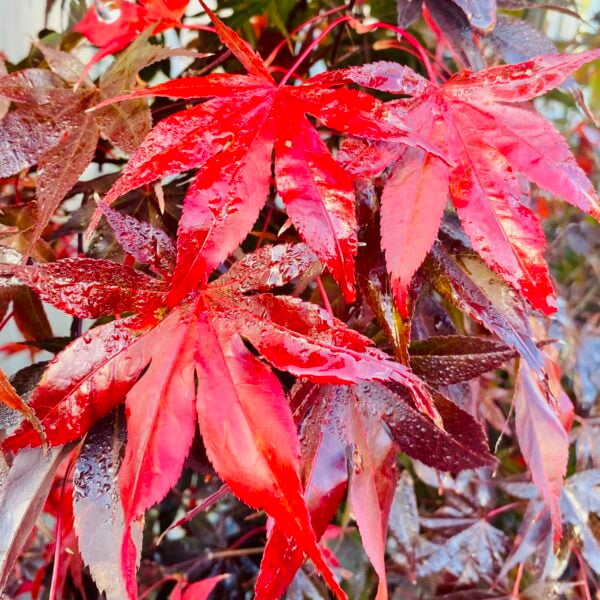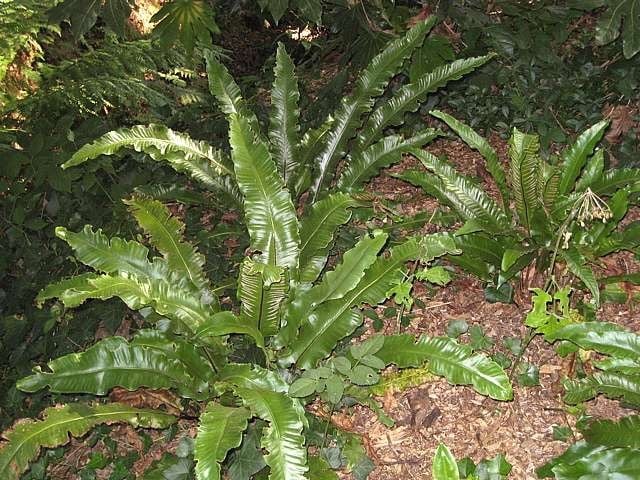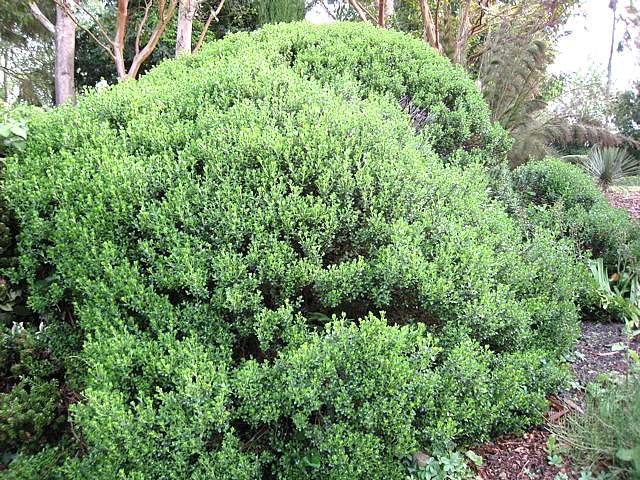Drimys winteri (Winter's Bark)
A reliable little evergreen tree from South America with masses of white flowers and an upright, multi-stemmed, narrow habit. Fairly quick growing – 20ft after 15 years. Please contact us for stock availability and sizes.

Hardiness level Amber
Another one of our beloved and obscure Patagonian trees. Evergreen, narrow, quick growing and reliable - as long as it's not too exposed to strong winds. Full sun to light shade, any old soil. This can reach 20ft after 15 years with an ultimate height of about 35ft after many years. Masses of little white flowers in mid-summer. It's a member of a family of trees (Winteraceae) that's evolved in a parallel universe from all other trees of our acquaintance. The wood structure doesn't obey the normal rules and the consequence - as far as we're concerned - affect us in one important way; if as a young plant it's given insufficient water (this will only happen in a container or shortly after planting), the branches wilt. Usually (with most plants) only the leaves droop and after a good drink the leaves perk up and all is well. The branches stay where they are. Not with Drimys. Once the branches droop they stay drooped and the new growth then starts ascending. It does no lasting damage to the tree - just looks odd. Branches like flamingos' necks. The message is clear : never let a Drimys dry out. Once it's established in the ground, it's self-reliant and this won't happen. It'll find its own water. It adds an exotic air to any garden.
Propagated by us from cuttings. The original material came from a tree growing in the London University Botanic Garden opposite Royal Holloway College in Egham. I'm not sure the garden still exists let alone the tree but it was commended to us around 1989 by John Bond, the Head Gardener of the Savill Gardens in nearby Windsor. He was immensely knowledgeable and swore this tree was the finest example in the British Isles. It is (was?) indeed a fine example and he was right to point this out as it's variable in its native habitat. The suggested explanation for the famous variability of many of the South American plants is as follows: the onset of an ice age would have caused the south polar ice cap to expand but because the Andes run north/south, the species threatened by the advancing ice would be able to migrate towards the equator along the valley floors. The ice would then recede as the ice cap contracted and the plants would follow - migrating south towards the pole again as the climate warmed. BUT, the plants that had been established in the north would stay where they were, evolving over hundreds of thousands of years into a plant that had slightly different characteristics. It's part of evolution and it happens all the time but it's particularly obvious in the South American species. The North American Rockies also run north/south and so there are examples of migrating plant populations there too but in Europe, a very different position. The Pyrenees and the Alps run east/west so were a huge physical barrier to migration towards the equator. The result was that most species north of the mountains died out in the face of the advancing ice and cold weather.
N.B. When clipping several plants with the same tool, have a bucket containing a 5% bleach solution and swish your blades around for 30 seconds between plants to sterilise them. This will help avoid the chance of cross contamination of disease.
As with all woody plants, plant high, exposing as much of the taper at the base of the trunk as possible. Allowing soil to accumulate round the base of a tree can be fatal. Keep very well watered when first planted.
Additional Information |
|
|---|---|
| Soil Type | |
| Light | |
| Plant Type | Big Leaves / Exotics, Evergreen, Flowers, Grown by Us, Screening Plants, Shrubs, Trees |
| Continent of Origin | |
| Specialist Plants | |
| Tree Size | |
| Situation | |
| Flower Colour | |
| Hardiness | |




